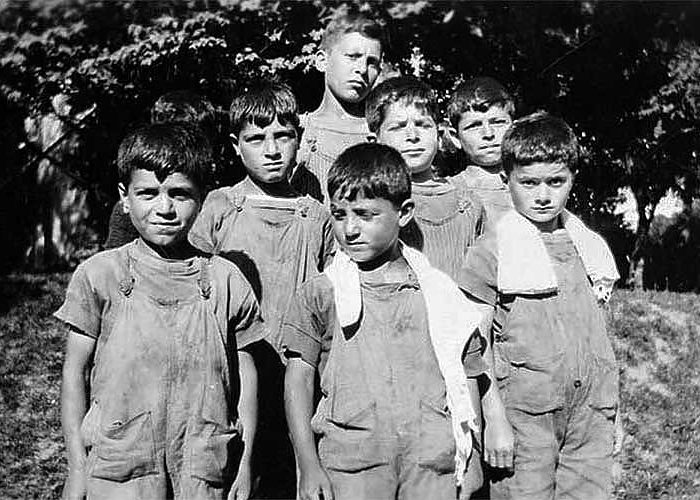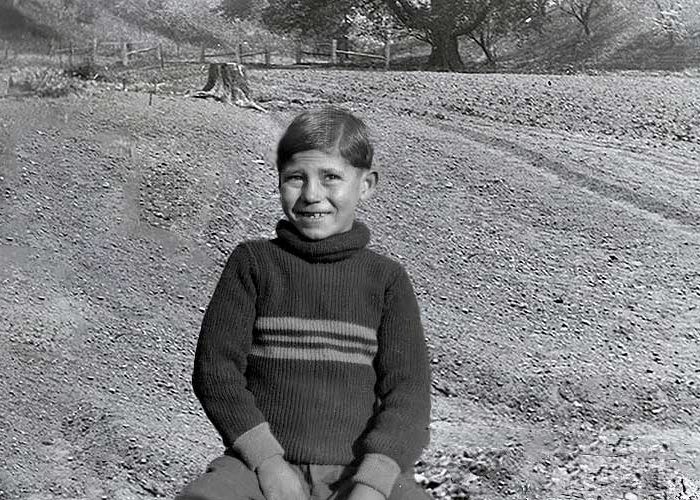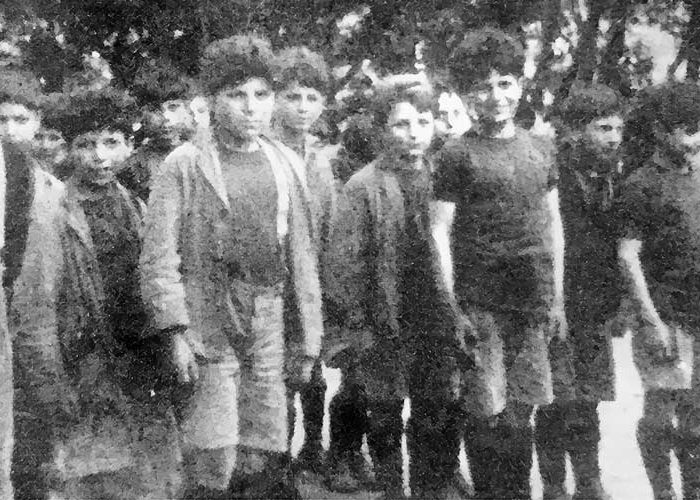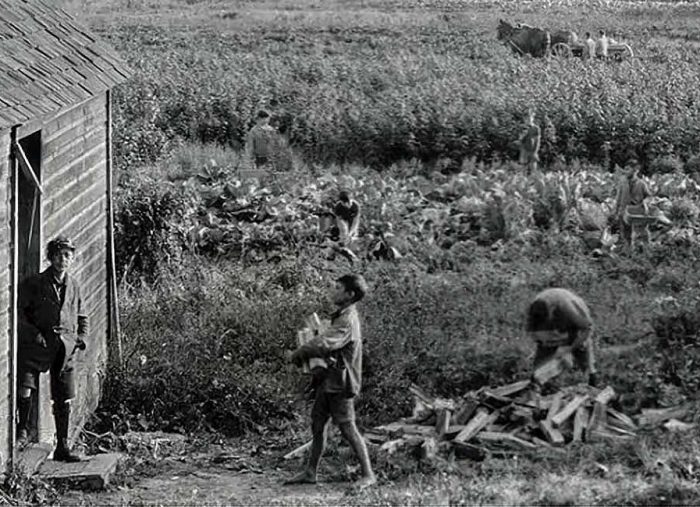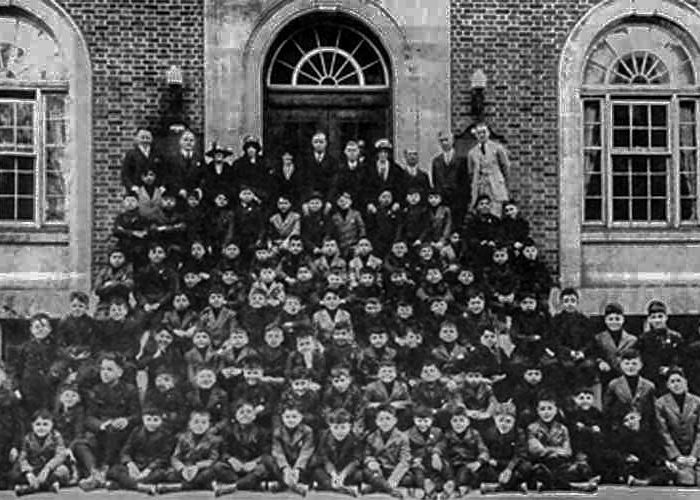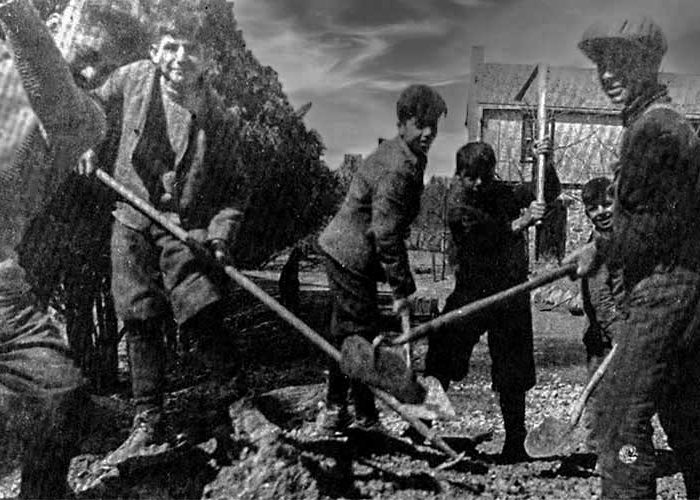This is a story about The Georgetown Boys. In the early 1920s, the Canadian Armenian Relief Association was formed to gather information about Armenian children who survived the genocide in Turkey and adjacent areas.
The association asked the government to allow the admission of 5,000 Armenian children but the Canadian government refused, preferring financial aid sent abroad. Civic activism, however, eventually prompted the government to provide $25,000 to raise the orphans in Canada until they were 18.
Armenia 1885-1896
The great Ottoman Empire was crumbling during the 19th century. Large-scale resistance was brutally suppressed by the soldiers of the Ottoman Empire in Greece, Iran, and even in Armenia, where several horrific genocides of the population took place. Between 1885-96, around 80,000 to 300,000 people were murdered.
One of the greatest massacres in late Ottoman history took place in April 1909, in Cilicia. The people organized by Ottoman authorities murdered 30,000 Armenians.
This new word, coined by the author to denote an old practice in its modern development, is made from the ancient Greek word genos (race, tribe) and the Latin cide (killing)
Generally speaking, genocide does not necessarily mean the immediate destruction of a nation, except when accomplished by mass killings of all members of a nation. It is intended rather to signify a coordinated plan of different actions aiming at the destruction of essential foundations of the life of national groups, with the aim of annihilating the groups themselves.The objectives of such a plan would be disintegration of the political and social institutions, of culture, language, national feelings, religion, and the economic existence of national groups, and the destruction of the personal security, liberty, health, dignity, and even the lives of the individuals belonging to such groups.
http://www.preventgenocide.org/lemkin/AxisRule1944-1.htm
In World War I, the Ottoman Empire (now Turkey) was among the defeated powers, as was Germany.
They lost 85% of the occupied territory from where the mostly Muslim population was expelled. As many as 850,000 Muslim refugees settled in areas where Armenians had already arrived and settled during 1878-1904.
In 1915, at the Battle of Sharikamish, the Ottoman army was defeated. Armenians were wrongly accused of being the cause of the Turkish defeat.
The gradual disintegration of the Ottoman Empire and the growing influence of pan-Turkism reached its political peak in May 1915. At that time, the Ottoman parliament passed legislation formally authorizing the deportation of Armenians because they were allegedly a security risk.
Millions of Armenians were deported from their homes during 1915-1918 and in the following years. More than 1 million of them died or were killed in inhumane conditions.
More on the Armenian Genocide.
Writer Ernest Hemingway on the town of Smyrna (1925):
“You could not get women to give up their dead children and they must have had the children dead for six days. They couldn’t give them up and nobody could do anything about it. They had to take them away eventually. And you remember the harbor. A lot of nice things happened there. But this was the only time in my life that I dreamed. You didn’t mind the women who had children so much as you did with the dead ones.”“On the Quai at Smyrna” is a short story written by Ernest Hemingway, first published in the 1930
The Georgetown Boys. History.
Thanks to the tremendous efforts of the Canadian people (not primarily the government), some refugees have been fortunate to be trafficked to Canada. While there were 250,000 Armenian orphans, the Canadian doctor selected those who were best equipped mentally and physically to come to Canada. Canadians did what they could to help raise money to transport the orphans to Canada, at a cost of $500 each.
The Georgetown Boys, or Canada’s Noble Experiment, was the first humanitarian act on an international scale by the country.
In 1923, 50 orphans arrived in Georgetown, eventually numbering 109, survivors of the Armenian Genocide.
They would have been educated at Cedarvale Farm, now Cedarvale Park. The farm was purchased by the Armenian Relief Association of Canada. The children learned to farm and grow fruit on the 135 acres.
The Chatham school raised $3,000 for the boys’ care and education. Mrs. M. Smythe and Mrs. Hugh Kidd would be in charge of the Georgetown group.
In 1928, the orphans were placed with families in southwestern Ontario.
Most of the children who came to Canada became Canadian citizens. As late as 1985, 50 of the original 109 orphans were still in Ontario, while others had settled elsewhere in Canada or the United States.
It was an exemplary case of refugees adapting easily to a new cultural and social environment and becoming true and proud Canadians.
An Ontario Provincial Plaque was erected in Cedarvale Park on June 26, 2010, designating it a municipal historic site honouring the Armenian boys who lived there. An Ontario Heritage Trust plaque was added in 2011.
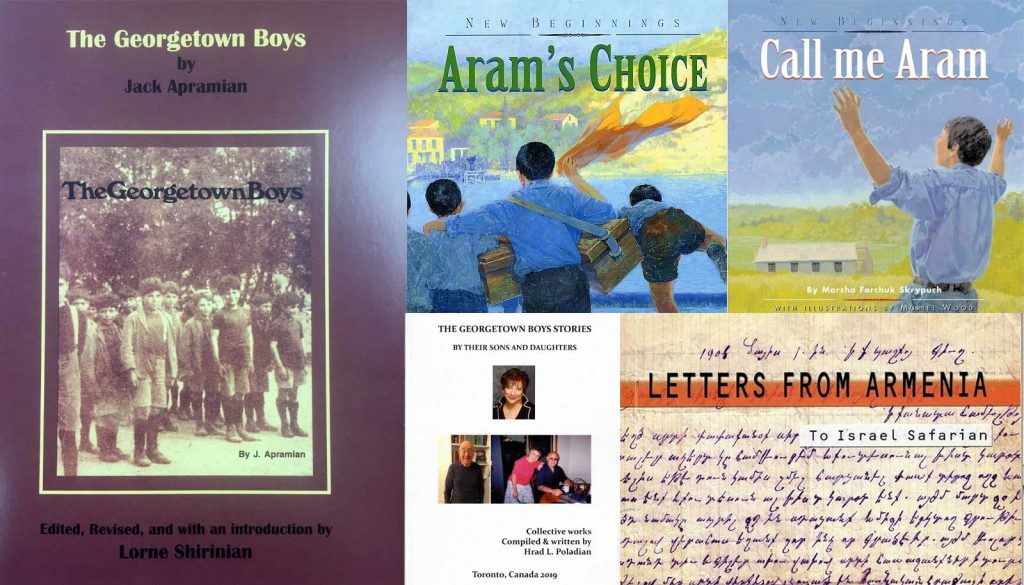
Books about The Georgetown Boys.
The Georgetown Boys
Jack Apramian
Published by Zoryan Institute of Canada, Toronto, 2009
The Georgetown Boys. Stories by their sons and daughters
Written by Hrad Poladian, Toronto, 2019
This book is dedicated to the memory of those boys and girls who were brought into Canada and given an opportunity to make a new life for themselves.
Resettling Child Refugees: Canada and Armenian Orphans
by Jan Raska, PhD researcher1923-1927
Arams’s Choice
by Marsha Forchuk Skrypuch (Author), Muriel Wood (Illustrator)
The book describes the journey of the first group of boys from exile in Corfu to the Georgetown Boys’ Farm.
Call me Aram
by Marsha Forchuk Skrypuch (Author), Muriel Wood (Illustrator)
Like our Mountains a History of Armenians in Canada
by Isabel Kaprielian-Churchill
Letter from Armenia to Israel Safarian
Edited by A. E. Safarian
More photos:
website: http://www.georgetownboysphotos.com/

